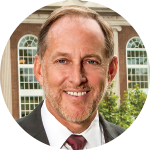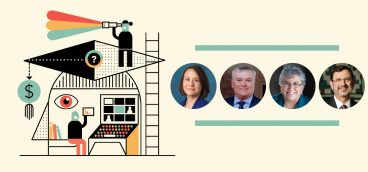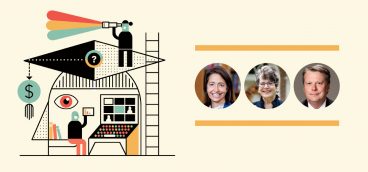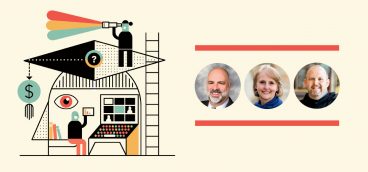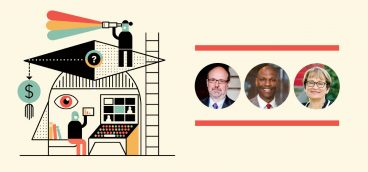
We asked the presidents of the region’s colleges and universities to answer this question: As we move closer to the end of the pandemic, what strengths, weaknesses, opportunities and threats have become more apparent to you for your institution than they were pre-pandemic?
E. Gordon Gee, West Virginia University
I believe that when our world emerges from its current state of crisis, colleges and universities will fall into three groups: those that have collapsed or have been restructured due to the COVID-19 pandemic and its related financial shocks, those that try to revert to their old normal, and those that will thrive by setting sail for uncharted blue ocean, where unserved needs can be met and untried innovations, nurtured.
West Virginia University will be in the third group because our faculty, staff and students have been honing a culture of change for years.
We have asked ourselves “What is our purpose?” and aligned our resources with that purpose.
We have embraced our fundamental mission as a land-grant university to move our state and region forward.
When the pandemic began in March, we made advances in technology and efficiency in 10 weeks that would have taken 10 years under normal circumstances. Going forward, we must evaluate what worked and what advances we should continue pursuing. We must review our mistakes and what we learned from them.
I do not believe we will ever return to normal, or even a new normal. Rather, we will build a new world. And moving forward together, in shared purpose, we will make it a better world.
Mary C. Finger, Seton Hill University
After more than a year of teaching and learning through the COVID-19 pandemic, I have found that Seton Hill University’s biggest strength has been our campus community. While Seton Hill moved to virtual learning in the Spring 2020 semester, the university’s faculty, staff and students have come together in extraordinary ways to allow Seton Hill to operate in a face-to-face manner during the 2020–21 academic year by following the important health and safety protocols we have implemented on campus, including mask wearing, physical distancing, and COVID-19 testing, quarantine and isolation. We have learned our community is resilient and focused on the success of students. And, as our world has shifted focus to vaccination efforts, so too has the Seton Hill community. The university has hosted several vaccination clinics on our campus — and students, faculty and staff have been eager to participate as both recipients and as volunteers. Indeed, our physician assistant, nursing, and pre-med students, especially, helped ensure vaccines were delivered safely and efficiently. The Seton Hill community has truly come together in these challenging days because each member recognizes that all of these efforts — from mask wearing to vaccination — are important in helping us return fully to a campus environment that existed before the pandemic.
John C. Knapp, Washington & Jefferson College
At Washington & Jefferson College, our faculty, staff and students rose to the challenge of adapting to new methods of learning and teaching when the pandemic forced much of that practice online. W&J is a residential institution where student growth is enriched by the close personal connections they form with each other and with their professors and advisors. Our community worked hard to maintain those connections in virtual and hybrid settings.
Over the past year, W&J has adopted state-of-the art academic technology, created innovative co-curricular programming and student services and discovered new opportunities for employees to work remotely — all of which will serve the college well for years to come. Through it all, the college has remained fiscally strong and confident in our future.



